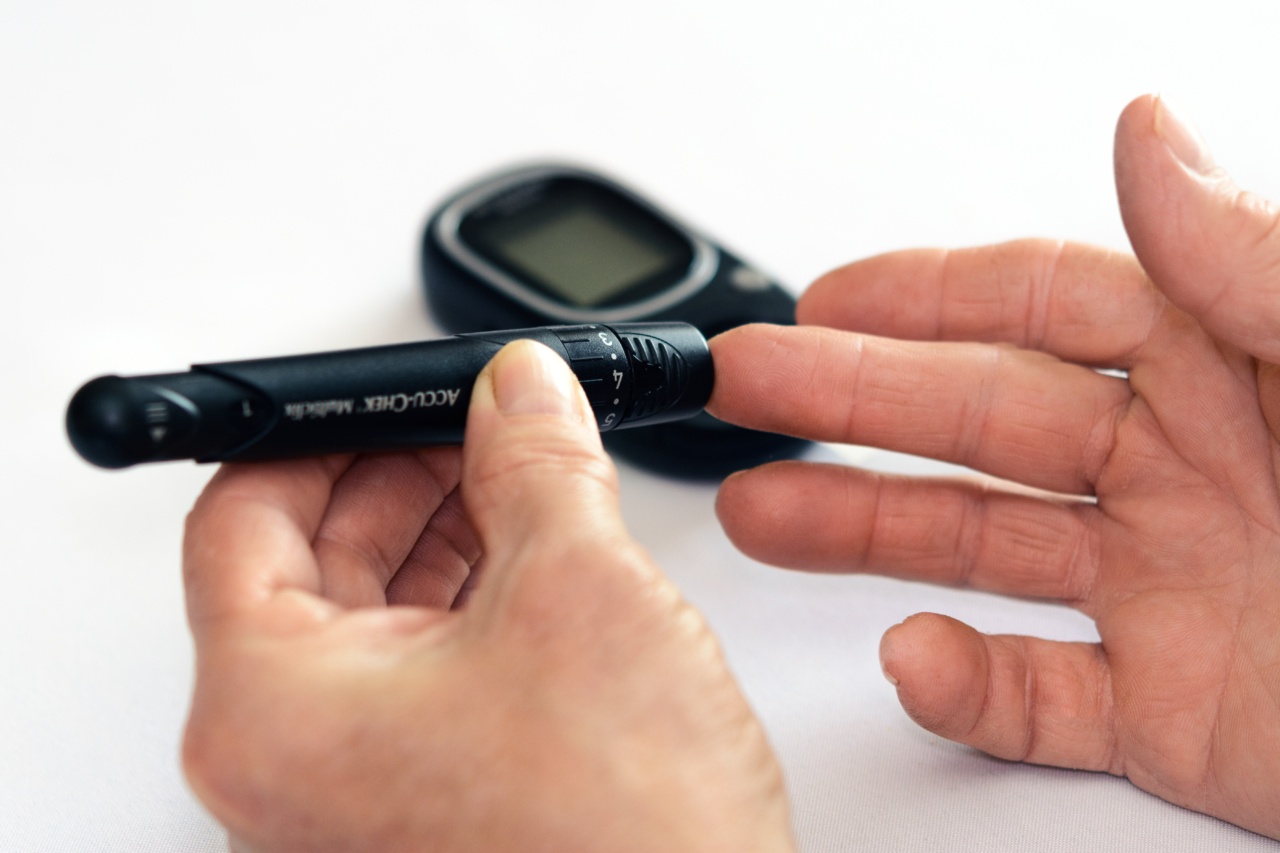Infarction is a condition characterized by the death of tissues due to the lack of blood supply.
It is commonly associated with heart attacks, but it can occur in different parts of the body, leading to other types of infarction, such as lung or brain infarction. The most common cause of infarction is atherosclerosis, a disease in which the arteries become narrow and hard due to the accumulation of cholesterol and other substances.
The narrowing of the arteries can reduce the blood flow, increasing the risk of infarction. However, not all cases of infarction are related to atherosclerosis, and there are other risk factors that can contribute to this condition.
Diabetes is a chronic disease that affects the way the body processes blood sugar, leading to high blood sugar levels.
There are two types of diabetes: type 1 diabetes, which usually develops in childhood or adolescence and is caused by the destruction of insulin-producing cells in the pancreas, and type 2 diabetes, which usually develops in adulthood and is often related to lifestyle factors such as diet and exercise. Although type 1 diabetes is not preventable, type 2 diabetes can be prevented or delayed by maintaining a healthy weight, engaging in physical activity, and following a balanced diet.
The Link between Undeclared Diabetes and Infarction
Undeclared diabetes, also known as silent diabetes, is a condition in which the blood sugar levels are higher than normal, but not high enough to be diagnosed as diabetes.
This condition is often asymptomatic, and people may not be aware that they have it until they develop complications such as infarction. Undeclared diabetes is a risk factor for infarction because it can contribute to the formation of plaques in the arteries and increase the risk of blood clots.
The link between undeclared diabetes and infarction is complex and not fully understood.
However, it is known that high blood sugar levels can damage the walls of the blood vessels, leading to the accumulation of fats and other substances that can narrow the arteries. When the arteries become narrow, the blood flow is reduced, increasing the risk of blood clots. Blood clots can block the arteries, leading to infarction.
Undeclared diabetes can also lead to other risk factors for infarction, such as high blood pressure and high cholesterol levels.
High blood pressure can damage the walls of the arteries and increase the risk of blood clots, while high cholesterol levels can contribute to the formation of plaques in the arteries. When these risk factors are combined, the risk of infarction is significantly increased.
Symptoms of Undeclared Diabetes
Undeclared diabetes is often asymptomatic, which means that people may not be aware that they have it until they develop complications such as infarction. However, there are some signs and symptoms that can indicate that you have undeclared diabetes.
These include:.
- Frequent urination
- Excessive thirst
- Blurry vision
- Fatigue
- Slow healing of wounds
- Tingling or numbness in the hands or feet
- Recurring infections
- Unexpected weight loss
If you experience any of these symptoms, you should consult a doctor for a blood test to check your blood sugar levels. Early detection of undeclared diabetes can help prevent complications such as infarction.
Preventing Infarction in People with Undeclared Diabetes
Preventing infarction in people with undeclared diabetes involves managing the risk factors that contribute to this condition. Here are some tips for preventing infarction:.
- Monitor your blood sugar levels regularly and keep them within the normal range.
- Follow a healthy diet that is rich in fruits, vegetables, and whole grains, and low in saturated and trans fats.
- Engage in regular physical activity, such as brisk walking, cycling, or swimming, for at least 30 minutes a day, five days a week.
- Maintain a healthy weight, and avoid obesity.
- Avoid smoking, as it can damage the walls of the arteries and increase the risk of blood clots.
- Manage stress, as it can increase blood pressure and contribute to the formation of plaques in the arteries.
- Take medications as prescribed by your doctor to control your blood pressure, cholesterol levels, and blood sugar levels.
- Consult your doctor regularly and undergo tests such as blood pressure, cholesterol, and blood sugar tests to monitor your condition and detect any complications early.
Conclusion
Undeclared diabetes is a condition in which the blood sugar levels are higher than normal, but not high enough to be diagnosed as diabetes.
This condition is often asymptomatic, and people may not be aware that they have it until they develop complications such as infarction. Undeclared diabetes is a risk factor for infarction because it can contribute to the formation of plaques in the arteries and increase the risk of blood clots.
Preventing infarction in people with undeclared diabetes involves managing the risk factors that contribute to this condition, such as following a healthy diet, engaging in regular physical activity, and avoiding smoking. Consulting a doctor regularly and undergoing tests to monitor your condition is also important for detecting any complications early.






























